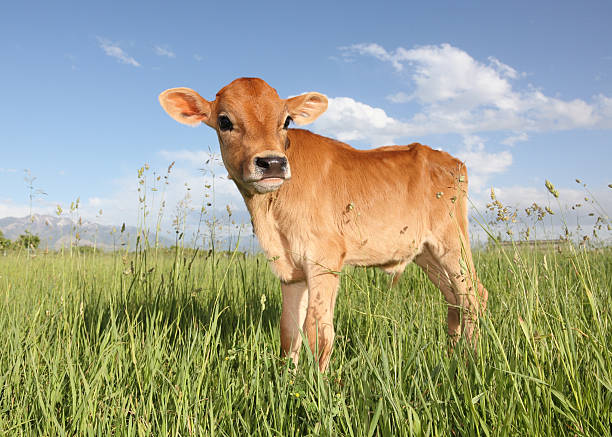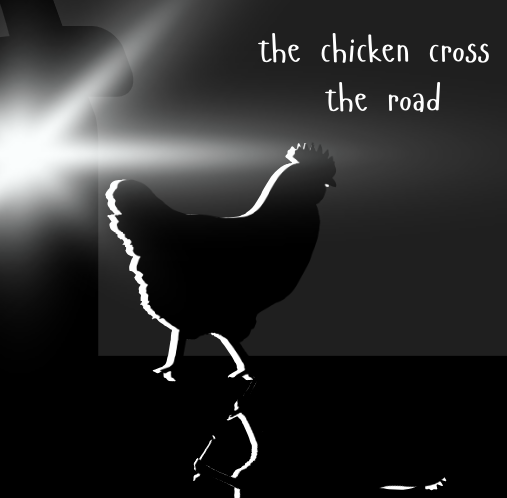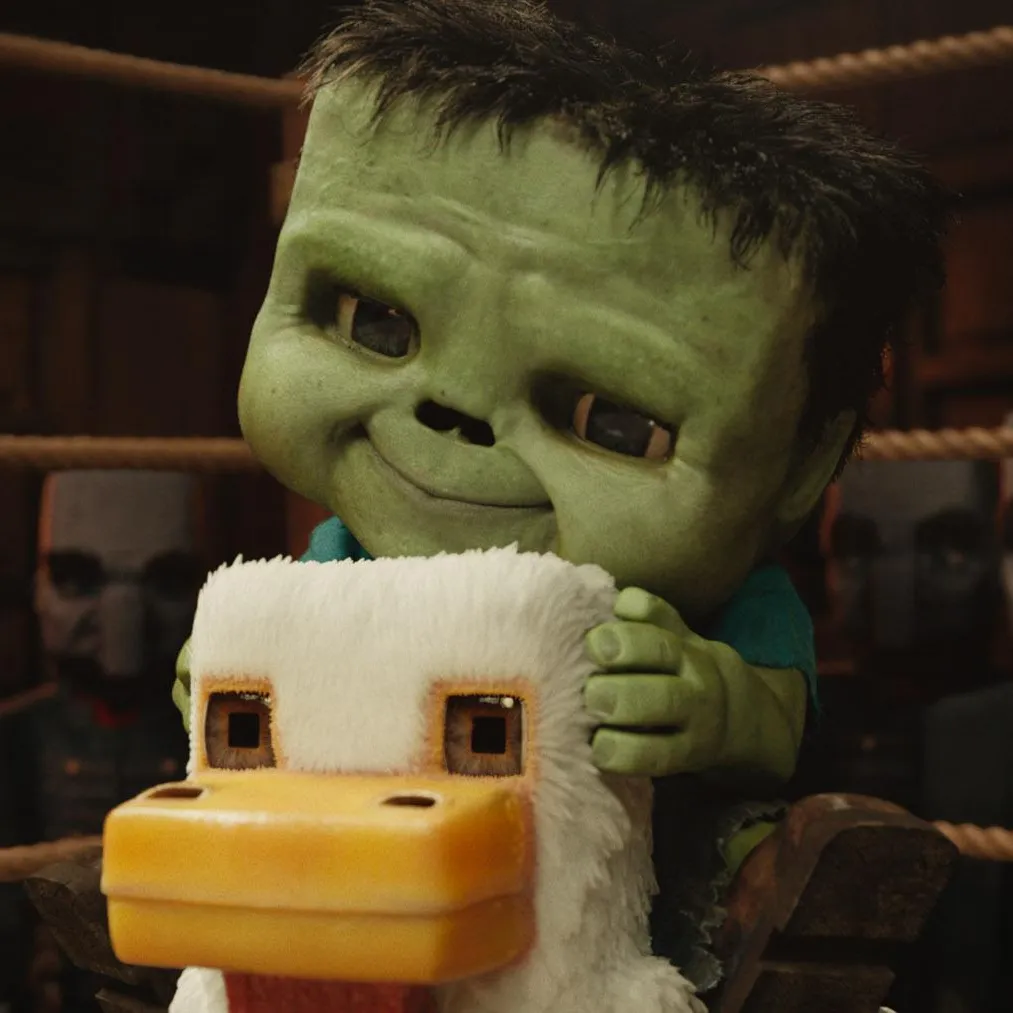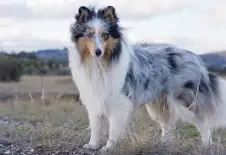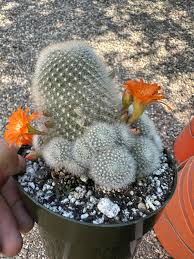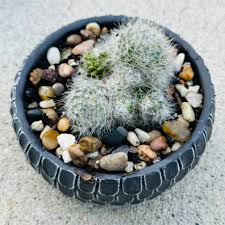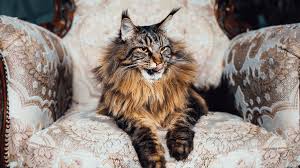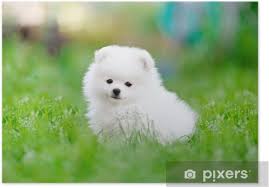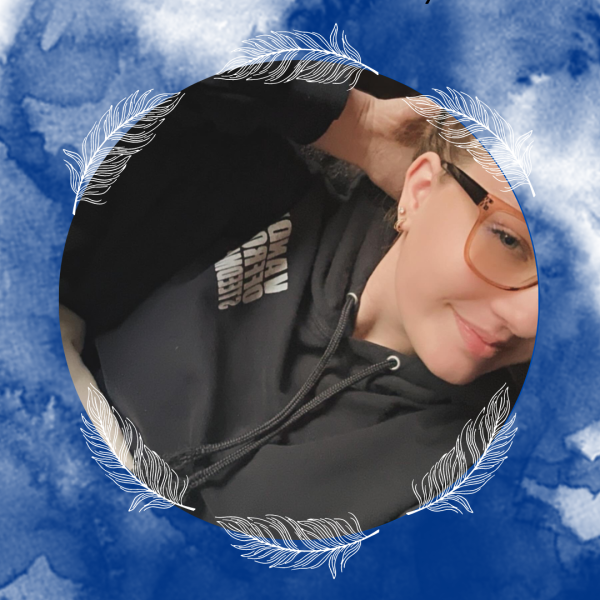The Shetland Sheepdog, also known as the Sheltie, is a breed of herding dog that originated in the Shetland Islands of Scotland. It is a small dog, clever, vocal, willing to please, and trustworthy. But today it is often raised as a working dog or family pet.
They were originally a small mixed-breed dog, often only about 20 to 30 centimetres (8 to 12 inches) in height at the shoulder, and it is thought that the original Shetland herding dogs were of the Spitz type, and were crossed with Collies from mainland Britain. In the early 20th century, James Loggie added a small Rough Collie to the breeding stock, and helped establish the breed that would become the modern Shetland Sheepdog.
History:
When the breed was originally introduced breeders called them Shetland Collies, which upset Rough Collie breeders, so the name was changed to Shetland Sheepdog. During the early 20th century (up until the 1940s), additional crosses were made to Rough Collies to help retain the desired Rough Collie type – in fact, the first English Shetland champion’s dam, Gesta, was a rough Collie. The year 1909 marked the initial recognition of the Shetland by the English Kennel Club, with the first registered Shetland being a female called Badenock Rose. The first Shetland to be registered by the American Kennel Club was “Lord Scott” in 1911.
Appearance:
The general appearance of the Shetland is that of a miniature Rough Collie.[1] They are a small and double coated dog with a well shaped head. They have a long coat which becomes short around the face giving it the appearance of a mane.
Coat and colours:
Shetlands have a double coat, which means that they have two layers of fur that make up their coat. The outer coat is made up of long hair and is “harsh-textured and straight”. The undercoat is soft, short, and close to the skin. The long coat should produce the appearance of a mane. The face is smooth haired.
– Shetlands may come in the following colours.
Sable – either clear or shaded sable ranging in colour from pale gold to mahogany. Wolf-sable and grey are undesirable colours.
– Tricolor – with intense black on the body and rich tan markings preferred.
– Blue merle – silvery blue with splashed and marbled black preferred. General effect of the coat must be blue. Rich tan markings are also preferred but there is no penalty for the absence of this. Strong black markings, slate or rusty tinges in the coat are highly undesirable.
– Black and white & black and tan
– White markings may appear on any coat besides black and tan but patches on the body are undesirable
Height:
– A 12-month-old Sheltie on Mull
– The ideal height at the withers is 141⁄2 inches (37 cms) for dogs and 14 inches (35.5 cm) for bitches. More than 1 inch (2.5 cm) in variation from these heights is undesirable.
Ears:
– A tri-color Shetland Sheepdog puppy. Tipped ears, i.e. partly folded upright ears, are a desirable trait.
– The Shetland’s ears are small and of moderate width at the base placed close on top of the head. When alert the ears are semi-erect and propped forward.
Eyes:
See also: Heterochromia
– Eyes are of medium size and are almond shaped. Eyes are always dark brown except in dogs with merle coats where one or both of the eyes may be blue.
Head:
– The head is refined without any exaggerations. The head has a long wedge tapering from the ears to nose. The occipital bone isn’t prominent. The cheeks are flat to support a well roounded muzzle. The muzzle is of equal length to the skull, dividing at the corner of the eye. The mucocutaneous parts of the face are black in pigmentation.
Body:
– Neck is well arched and muscular. Legs are muscular. The dog is slightly longer than it is tall with a deep chest.
Temperament:
– According to Dr. Stanley Coren, an expert on animal intelligence, the Shetland Sheepdog is one of the brightest dogs, ranking 6th out of 138 breeds tested. His research found that an average Shetland could understand a new command in fewer than five repetitions and would obey a command the first time it was given 95% of the time or better.
Working life:
– As the name suggests, Shetland Sheepdogs can and have been used as sheepdogs and still participate in sheepdog trials to this day. Herding dogs conduct livestock from one place to another by causing fear-flocking and flight behavior.
Activities:
– In their size group, the breed dominates dog agility, obedience, showmanship, flyball, tracking, and herding.[citation needed] Herding instincts and trainability can be measured at noncompetitive herding tests. Shetlands exhibiting basic herding instincts can be trained to compete in herding trials.
Famous Shetland Sheepdogs:
– Ch Halstor’s Peter Pumpkin ROM – The Shetland sheepdog sire with the most Champions (160).
Badenock Rose – the first Shetland sheepdog registered with the English Kennel Club.
Mickey – main character of Canadian children’s series Mickey’s Farm














